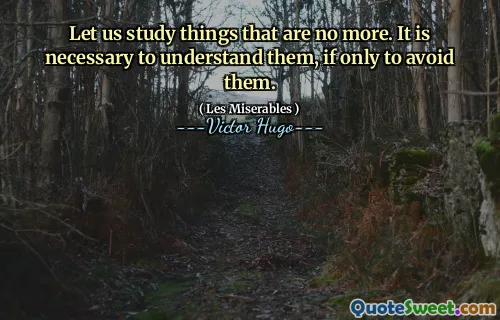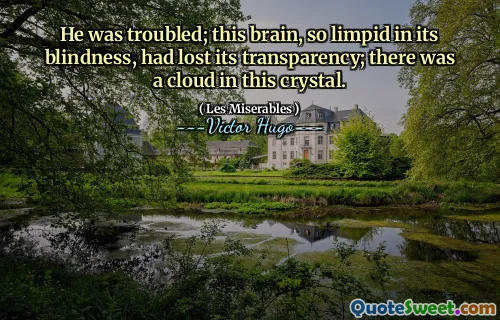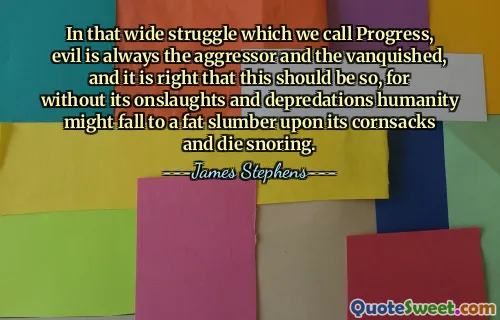This exists. It can be seen. It can be touched. These in pace, these dungeons, these iron hinges, these necklets, that lofty peep-hole on a level with the river's current, that box of stone closed with a lid of granite like a tomb, with this difference, that the dead man here was a living being, that soil which is but mud, that vault hole, those oozing walls, --what declaimers!
In Victor Hugo's "Les Misérables," the author vividly describes the grim reality of confinement and despair through powerful imagery. He presents a stark scene with references to dungeons and iron fixtures, emphasizing the tangible aspects of imprisonment. The use of objects like necklets and a stone box reminiscent of a tomb highlights the harsh conditions faced by the individuals within these walls, reinforcing the stark contrast between life and death.
This passage conveys the deep suffering experienced by the living, who are trapped in a setup akin to a grave. The evocative language draws attention to the physical surroundings, where mud and decay symbolize the hopelessness of their situation. Hugo masterfully illustrates the poignant truth of their existence, suggesting that the real tragedy lies not only in the loss of freedom but also in the reminder of life's fragility amid despair.











